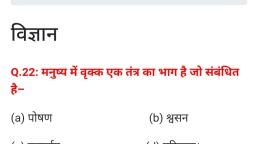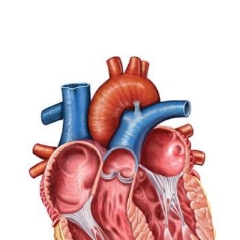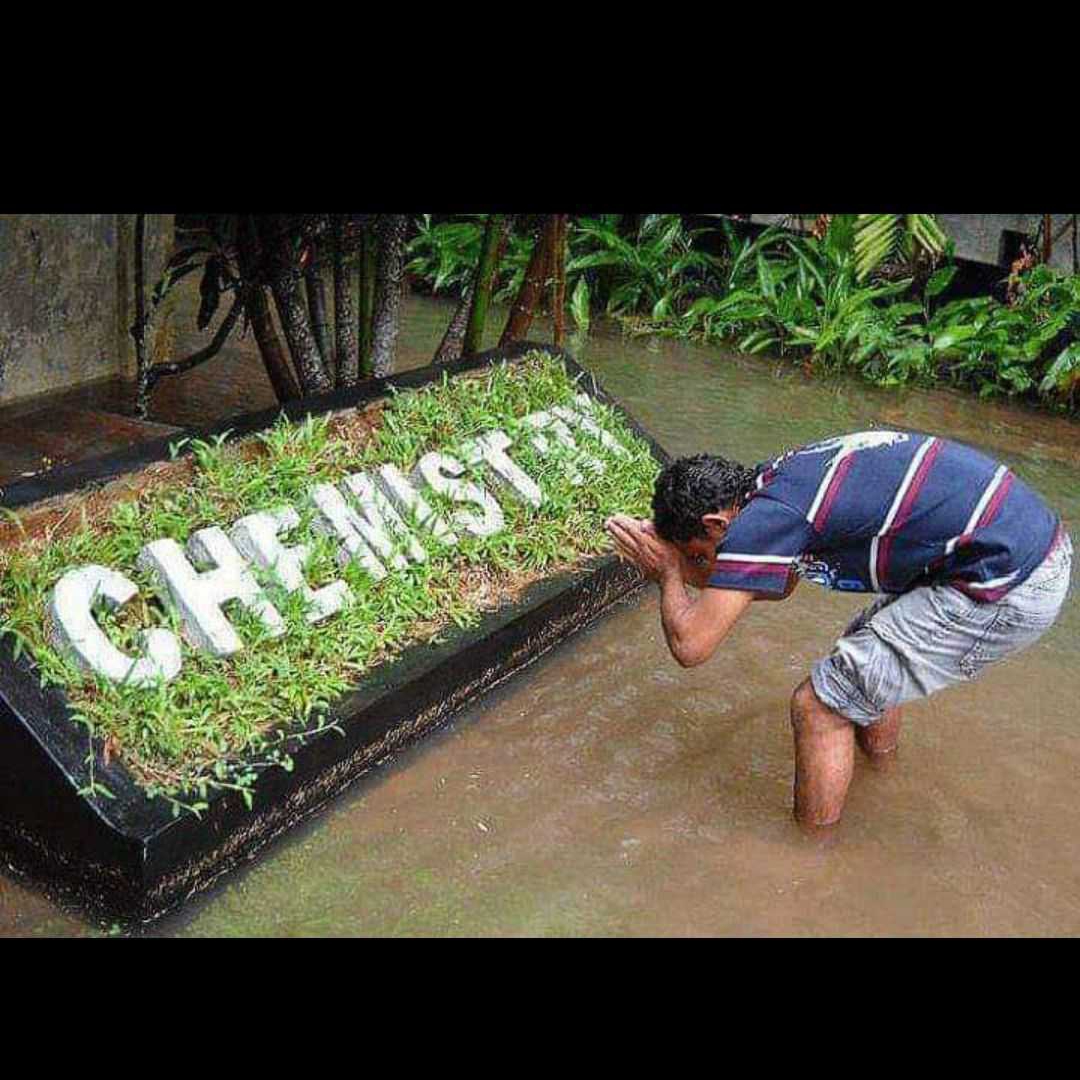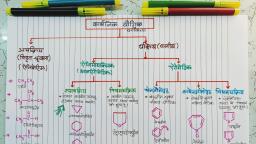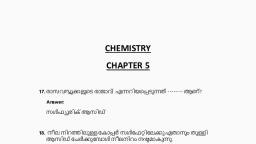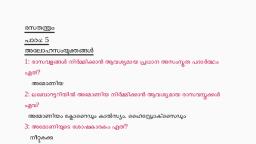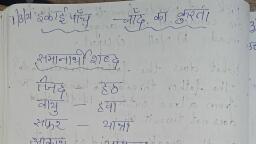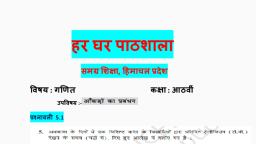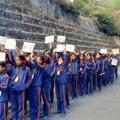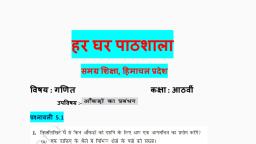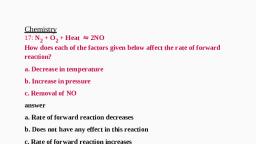Question 3 :
Refer to changes in properties of elements  on moving left to right across a period of the periodic table.For each property , choose the letter corresponding to the correct answer from A,B,C and D.<br/>Atomic Size :
Question 9 :
Nuclear charge increases both in a period and group. But, effective nuclear charge increases in a period and decreases in a group. Identify the correct reverse trend.
Question 10 :
The distance between the centre of nucleus and the outermost shell of an isolated atom is known as<span> :</span>
Question 13 :
The early attempt to classify elements as metals and non-metals was made by :
Question 17 :
Mark the statement which is not a correct property of metals?<br/>a) All metals exhibit colour.<br/>b) All metals are solid at room temp.<br/>c) Metals are electronegative in nature.
Question 18 :
The element with atomic number $14$ is hard and forms acidic oxide and a covalent halide. To which of the following categories does the element belong?
Question 21 :
Which of the following is a correct statement about non-metallic atoms?
Question 23 :
The long form of the periodic table consists of ___ horizontal rows and ___vertical columns.
Question 25 :
Most metallic element has the following electron arrangement in its atom is<span> :</span><br/>
Question 26 :
Which term describes the size of a neutral particle such as $Na$?
Question 27 :
Any that influences the valence electrons will affect the chemistry of the clement. Which one of the following factors does not affect the valence shell ?
Question 28 :
<div><span>An element $X$ (atomic number $17$) reacts with an element $Y$ (atomic number $20$) to form a divalent halide.</span><br/></div><div><span><br/></span></div>Element X is : <br/>
Question 29 :
Which of the following ions has the same number of electrons as a krypton atom with atomic number $36$?
Question 32 :
In the modern periodic table, periods and groups are given. Periods and Groups indicate:<br/>
Question 33 :
If an atom has electronic configuration $1s^2 2s^2 2p^6 3s^2 3p^6 3d^3 4s^2$, it will be placed in:<br/>
Question 35 :
Which of the following is the correct order of relative sizes?
Question 38 :
In which one of the following pairs the radius of the second species is greater than that of the first ?
Question 39 :
<span>In which part of a group would you separately expect the elements to have </span>the greatest metallic character?
Question 40 :
Statement - 1 : Nucleophilicity order in polar - protic solvent is $I^{-} < Br^{-} < Cl^{-} < F^{-}$<br>Statement - 2 : Due to bigger size of $I^{-}$ it is less solvated in polar protic solvent.
Question 41 :
<span>Which of the following order of ionic radii is correctly represented?</span><br/>
Question 42 :
Arrange the following elements in the order of their increasing non-metallic character:<div><br/>Li, Be, C, O, F<br/></div>
Question 43 :
The correct order of atomic radii in group 13 elements is
Question 44 :
Out of $Fe^{2+}, Fe^{3+}, Mn^{2+}$ and $Ti^{2+}$, the least size is of:
Question 46 :
Which of the following choices both show the correct order of elements by increasing atomic radius AND by increasing ionization energy?
Question 47 :
<SPAN>Based on general trends in the periodic table, predict which element in each of the following pairs has the most metallic character.<BR>(i) Sn or Pb (ii) Ag or Sr (iii) Al or B (iv) Br or As</SPAN>
Question 48 :
The number of gases present in long form of the periodic table are:<br/>
Question 50 :
Which one of the following is correct order of increase of size:

